Washer Problems: Common Issues and Quick Fixes

Washers can experience issues like not draining, not spinning, or making loud noises. These problems often stem from clogs, faulty parts, or improper use.
Washers are essential household appliances, making laundry tasks easier and more efficient. Despite their usefulness, they can face various problems that disrupt their functionality. Common issues include the washer not draining, failing to spin, or producing unusual noises. These problems can arise from simple causes such as clogs or more complex issues like faulty components.
Regular maintenance and proper usage can prevent many of these problems, ensuring your washer operates smoothly. Addressing these issues promptly can extend the life of your washer and improve its performance.
:max_bytes(150000):strip_icc()/troubleshooting-samsung-washer-problems-2147298-final-1-f27acce116a8464794c9daec061156fc.png)
Credit: www.thespruce.com
No Power
A washer that won’t turn on can be frustrating. There are many reasons why a washer might lose power. This section will help you troubleshoot the issue.
Check Power Supply
First, ensure the washer is plugged in. Sometimes, the plug can get loose. Also, check if the outlet is working. You can test it with another device like a lamp.
- Ensure the washer is plugged in securely.
- Test the outlet with another device.
Inspect Circuit Breaker
If the outlet works, check your home’s circuit breaker. The breaker may have tripped, cutting power to the washer. Locate your breaker panel and look for any switches that are not aligned.
- Open the breaker panel.
- Look for any switches that are not aligned.
- If found, flip the switch back to the “on” position.
| Step | Action |
|---|---|
| 1 | Ensure the washer is plugged in securely. |
| 2 | Test the outlet with another device. |
| 3 | Open the breaker panel. |
| 4 | Look for any misaligned switches. |
| 5 | Flip the misaligned switch to “on”. |
Water Leaks
Water leaks are a common issue in washing machines. They can cause significant damage if not addressed. Understanding the source of the leak is crucial. This guide helps you inspect hoses and check the door seal.
Inspect Hoses
First, check the hoses connected to your washer. These include the inlet and drain hoses. Inlet hoses bring water into the machine. Drain hoses remove the water after washing.
Look for any visible cracks or wear in the hoses. Feel for any wet spots. If you notice damage, replace the hose immediately. Tighten the connections to ensure they are secure.
Check Door Seal
The door seal, also known as the gasket, is another common source of leaks. This rubber seal ensures water stays inside the machine during a cycle.
Inspect the seal for any tears or wear. Clean the seal regularly to remove any debris or soap build-up. A damaged seal should be replaced to prevent further leaks.
| Inspection Area | Signs of Damage | Action Required |
|---|---|---|
| Inlet Hoses | Cracks, wet spots | Replace hose, tighten connections |
| Drain Hoses | Wear, leaks | Replace hose, secure connections |
| Door Seal | Tears, debris | Clean seal, replace if damaged |
Strange Noises
Strange noises coming from your washer can be concerning. These noises can indicate various underlying issues. This section will help you identify the root causes and possible solutions.
Examine Drum
The drum is a critical part of your washer. If you hear banging or rattling sounds, the drum might be the culprit.
- Check if the drum is overloaded with clothes.
- Ensure that all items are evenly distributed.
- Inspect the drum for any foreign objects like coins or buttons.
Overloading can cause imbalance and lead to strange noises. Always follow the manufacturer’s load recommendations.
Check Bearings
Bearings support the drum and help it spin smoothly. Worn-out bearings can cause grinding or whining noises.
| Symptom | Possible Issue |
|---|---|
| Grinding Noise | Worn Bearings |
| Whining Sound | Faulty Bearings |
Bearings are located behind the drum. You might need to remove the drum to inspect them.
- Unplug the washer and remove the back panel.
- Locate the bearings and check for wear or damage.
- Replace worn bearings with new ones.
Bearings are essential for smooth operation. Regular maintenance can prevent premature wear.
Washer Won’t Spin
Is your washer refusing to spin? A washer that won’t spin can be frustrating. There are several potential causes. Each cause has its own solution. Here are the main things to check.
Balance The Load
One common reason your washer won’t spin is an unbalanced load. If the clothes inside the drum are not evenly distributed, the washer may stop spinning to prevent damage.
- Evenly distribute clothes around the drum.
- Avoid overloading the washer with too many clothes.
- Mix large and small items for better balance.
Ensuring a balanced load can often solve the problem quickly. Try redistributing the clothes and restarting the cycle.
Check Lid Switch
The lid switch is another key component. This switch ensures the washer lid is closed before spinning. If the lid switch is faulty, the washer won’t spin.
- Open and close the lid to test the switch.
- Listen for a clicking sound when you close the lid.
- If there’s no click, the switch may be broken.
Replacing a faulty lid switch can restore your washer’s spinning function. You might need a professional to replace it.
Water Not Draining
Is your washer not draining water? This issue can cause stress. Water not draining can damage clothes. It can also cause unpleasant odors. Fixing it quickly is important.
Clean Drain Pump
The drain pump is crucial for water flow. If it’s clogged, water won’t drain. Regular cleaning helps prevent issues. Follow these steps to clean the drain pump:
- Unplug the washer from the power source.
- Locate the drain pump. It’s usually at the bottom front.
- Remove the front panel to access the pump.
- Check for debris and clean it out.
- Reassemble the washer and test it.
Cleaning the pump can solve many draining issues. Always ensure the washer is unplugged before cleaning.
Check Drain Hose
The drain hose carries water away from the washer. A blockage can prevent proper drainage. Inspect the hose for kinks or clogs. Use the steps below to check and clean the drain hose:
- Disconnect the washer from the power source.
- Locate the drain hose at the back of the washer.
- Detach the hose from the washer and the drain pipe.
- Check for any visible blockages.
- Run water through the hose to ensure it’s clear.
- Reconnect the hose and test the washer.
Ensuring the drain hose is clear can restore proper draining. Regular checks can prevent future issues.
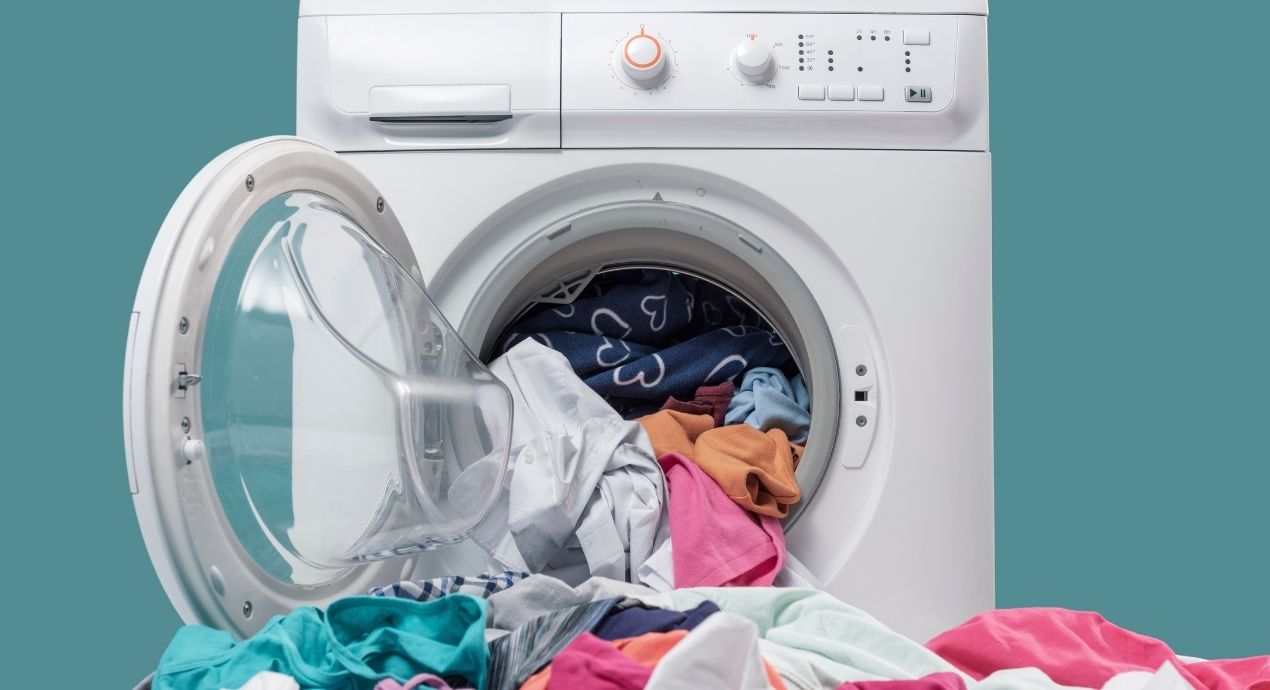
Credit: www.libertyhomeguard.com
Foul Odors
Have you ever opened your washer and smelled a foul odor? This is a common problem many people face. It can make your clothes smell bad too. Let’s look at how to solve this issue.
Clean The Drum
The washer drum can collect dirt and soap residue. This creates a breeding ground for mold and bacteria. To clean the drum, follow these simple steps:
- Set your washer to the hottest setting.
- Add 2 cups of white vinegar to the drum.
- Run a complete wash cycle.
- Once done, wipe the drum with a clean cloth.
You can do this once a month. This keeps the drum fresh and clean.
Use Washer Cleaner
A washer cleaner is specifically designed to remove odors. It cleans the drum and other parts of your washer. Here’s how to use it:
- Purchase a washer cleaner from a store.
- Follow the instructions on the package.
- Usually, you will add the cleaner to an empty drum.
- Run a hot wash cycle.
This will remove hidden dirt and grime. Using a washer cleaner every few months is a good practice.
These steps help keep your washer smelling fresh. No more foul odors!
Detergent Issues
Washing machines can be tricky. One common problem is detergent issues. Using the wrong detergent or not cleaning the dispenser can cause problems. These issues can lead to poor cleaning results and even damage your machine. Let’s explore how to handle detergent issues effectively.
Use Correct Detergent
Choosing the right detergent is crucial. Always use detergents designed for washing machines. Check the label for compatibility. Use HE detergents for high-efficiency washers. Regular detergents create too many suds in HE machines.
Follow the instructions on the detergent package. Use the recommended amount. Too much or too little can cause problems. Overuse can leave residues. Underuse may not clean clothes properly.
Here’s a quick guide:
| Washer Type | Detergent Type |
|---|---|
| High-Efficiency (HE) | HE Detergent |
| Standard | Regular Detergent |
Clean Dispenser
The detergent dispenser can get dirty. Residues build up over time. This can clog the dispenser and affect washing performance. Clean the dispenser regularly to avoid this.
Follow these steps to clean the dispenser:
- Remove the dispenser from the machine.
- Rinse it under warm water.
- Use a brush to scrub away residues.
- Dry it completely before placing it back.
Regular cleaning keeps the dispenser in good shape. It ensures detergent flows smoothly. Clean the dispenser at least once a month.
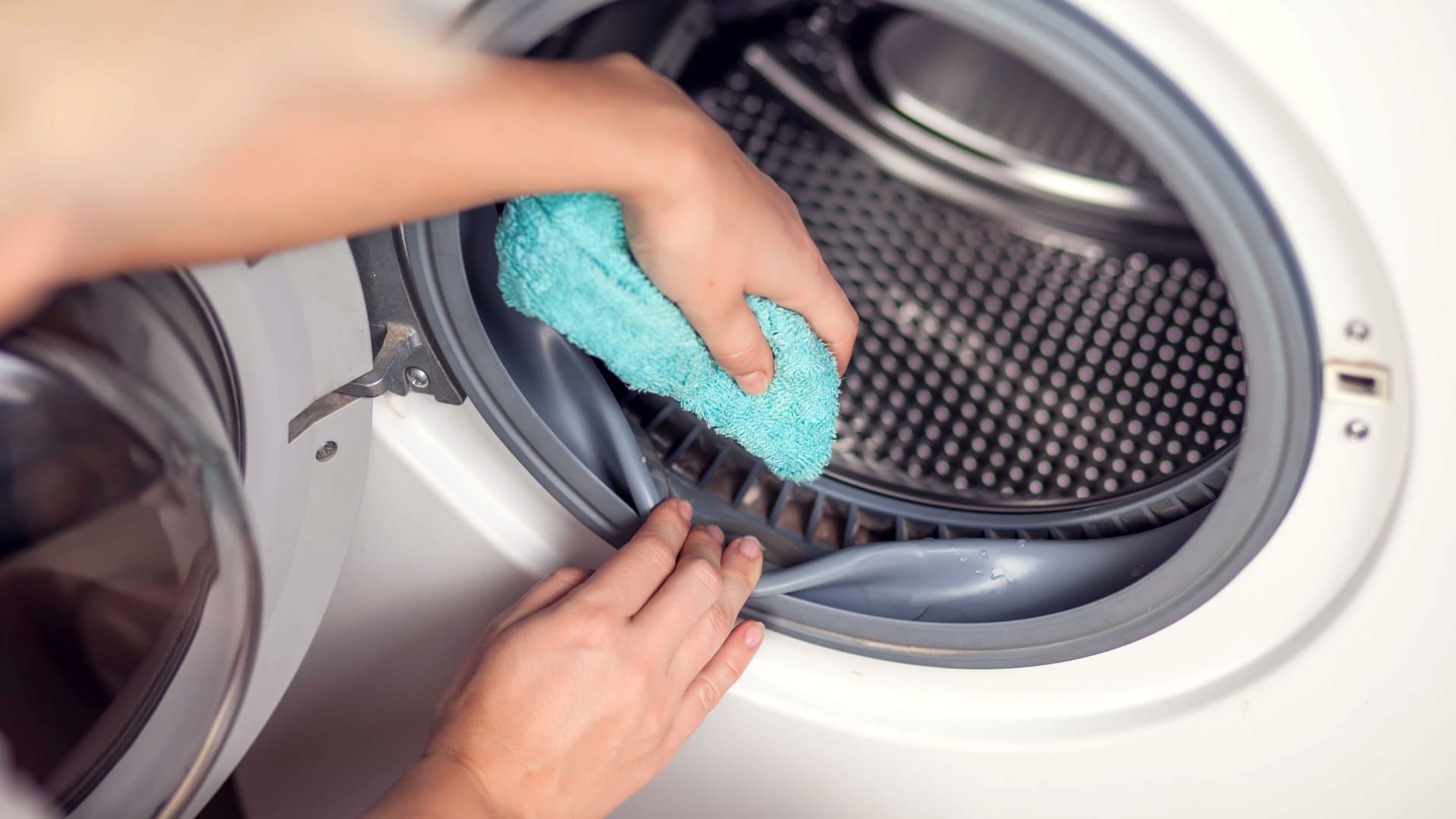
Credit: fredsappliance.com
Overfilling
Overfilling is a common issue in washing machines. It can cause water to spill out. This may lead to floor damage or electrical problems. Understanding the cause is key to fixing it.
Check Water Inlet Valve
The water inlet valve controls the water flow into the washer. If it is faulty, your washer might overfill.
- Turn off the washer and unplug it.
- Locate the water inlet valve at the back.
- Check for any visible damage or blockages.
- Use a multimeter to test the valve for continuity.
- Replace the valve if it’s not working.
Inspect Pressure Switch
The pressure switch tells the washer to stop filling. A faulty switch can cause overfilling.
- Unplug the washer for safety.
- Open the control panel to access the pressure switch.
- Check the hose connected to the switch for any blockages or damage.
- Use a multimeter to test the switch.
- If the switch is broken, replace it.
Frequently Asked Questions
What Is The Common Problem Of A Washing Machine?
A common problem with washing machines is failure to drain properly. This can be due to a clogged drain hose or pump.
How Can I Tell What’s Wrong With My Washing Machine?
Check for error codes on the display. Listen for unusual noises. Inspect hoses and connections. Ensure the load is balanced. Consult the manual for troubleshooting tips.
How To Diagnose Washer Problems?
Check for error codes on the display. Listen for unusual noises. Inspect hoses for leaks. Ensure the drum spins properly. Verify water flow and drainage.
What Usually Fails On A Washing Machine Top Loader?
Common failures in top-loader washing machines include worn-out belts, faulty lid switches, damaged agitators, and clogged drain pumps. Regular maintenance can help prevent these issues.
Why Is My Washer Not Draining?
Your washer might not drain due to clogged hoses, faulty pump, or blocked filters.
What Causes Washer To Stop Mid-cycle?
A washer can stop mid-cycle due to power issues, door lock problems, or a faulty timer.
How To Fix A Noisy Washer?
Noisy washers may need leveling, bearing replacement, or removal of foreign objects from the drum.
Why Does My Washer Leak Water?
Washer leaks can be caused by damaged hoses, faulty seals, or overloading the machine.
Conclusion
Experiencing washer problems can be frustrating, but solutions exist. Regular maintenance can prevent many common issues. If problems persist, seeking professional help ensures your washer stays in top condition. Remember, addressing minor issues early can save you from costly repairs.
Keep your washer running smoothly for a hassle-free laundry experience.

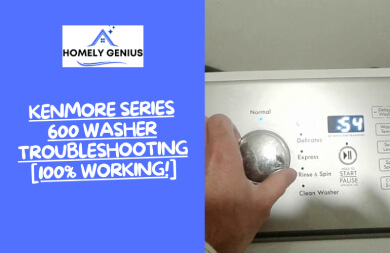
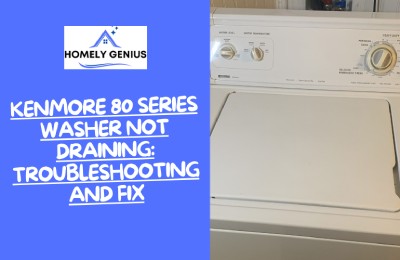
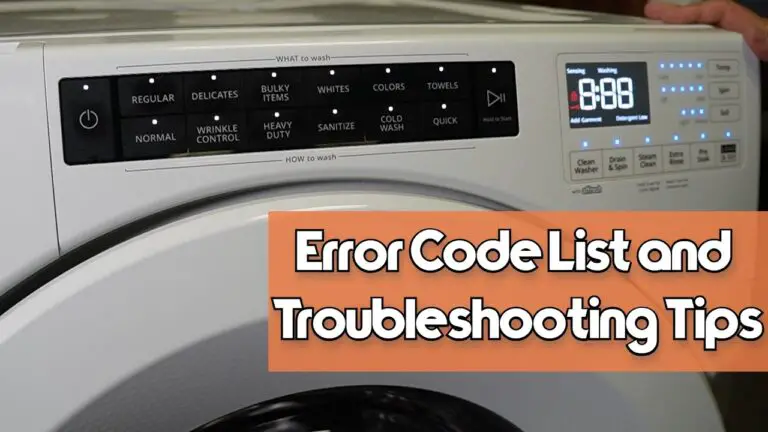
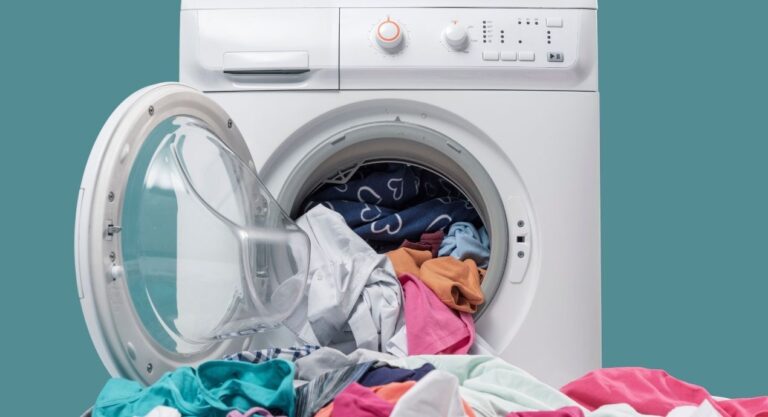
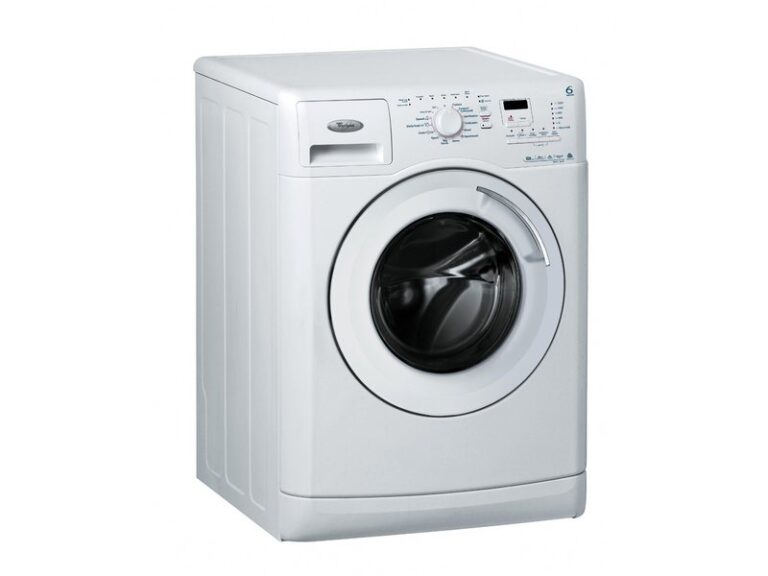
![Whirlpool Washer Making Grinding Noise [100% Fixable]](https://homelygenius.com/wp-content/uploads/2023/11/Whirlpool-Washer-Making-Grinding-Noise-768x499.webp)